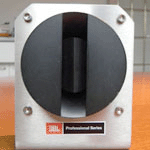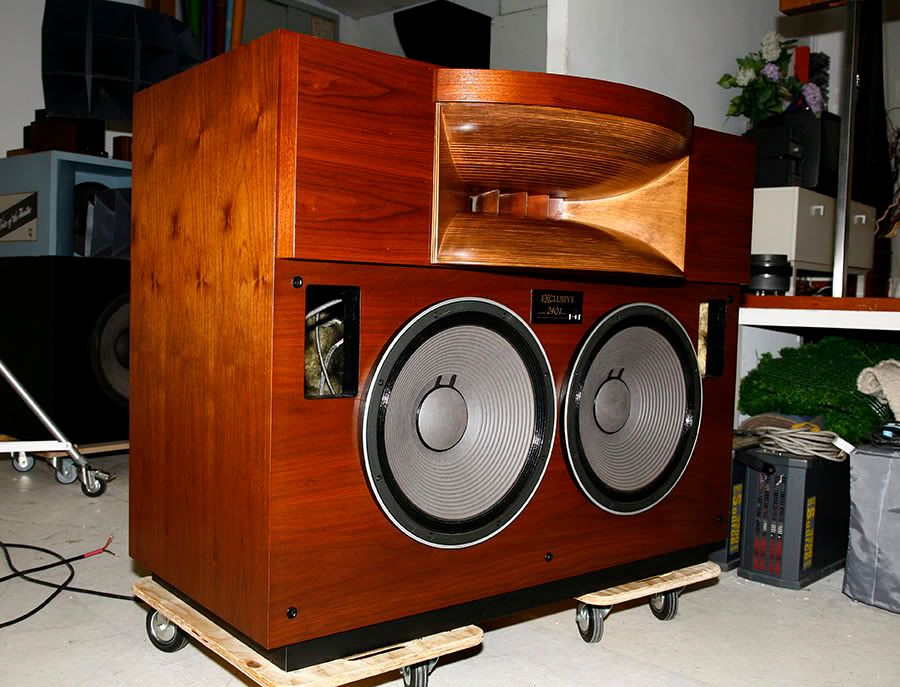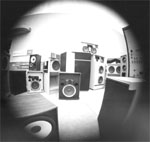Well. This thread may not last long after the initial enthusiasm. I have several friends who have 3D printers and they use them to build (not just prototype) automotive components, exposed to the outside weather (rain, dust, sun, heat). I suppose that now, the technolgy has evolved far enough that those 3D printers can output strong parts, thanks to an advance in powder/plastic technology. Gone are the days of just fragile prototypes. So, the idea is to produce a model of TAD horn and have it "printed" in one single piece, using the densiest material available. Part of the exercice will involve designing walls no thicker than half inch (12.7mm). SolidWork will most likely be the final model format as it can be read by most softares used in 3D printing.

How far will this brain fart go? I don't know, but after CAD woodwork, then we get 3D printing. Isn't technology great?





 Reply With Quote
Reply With Quote








